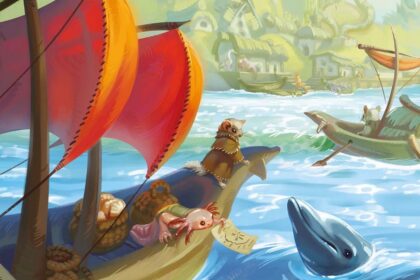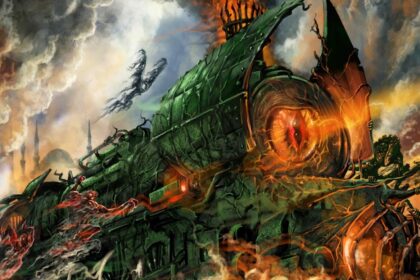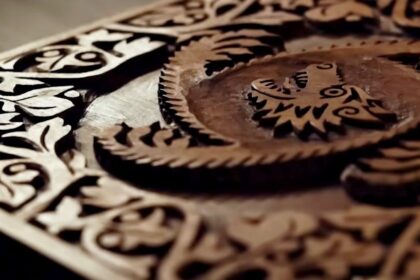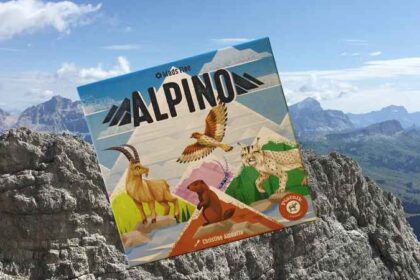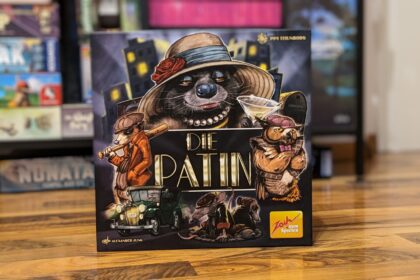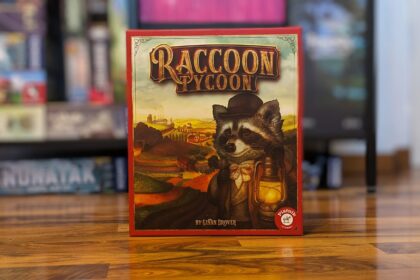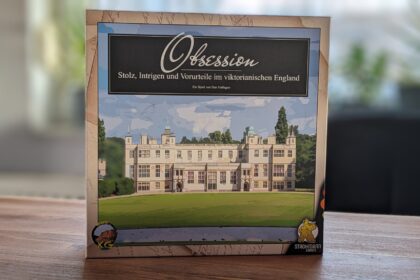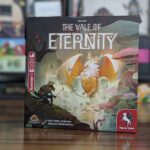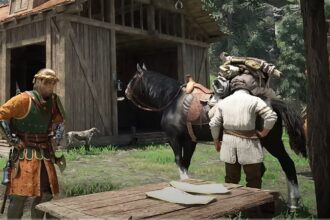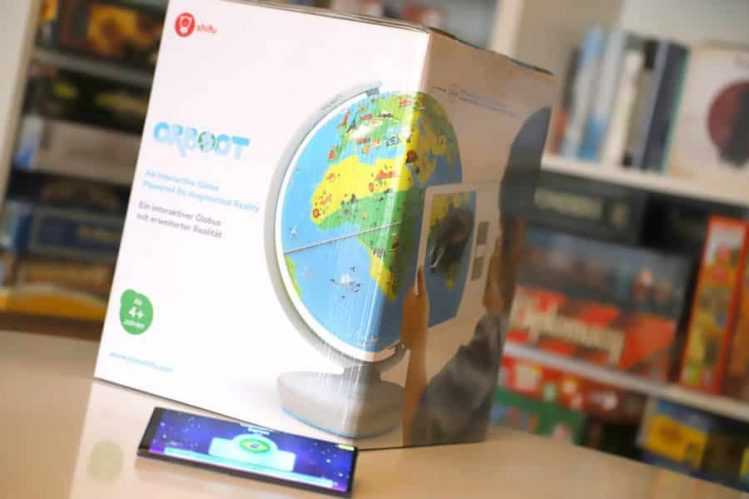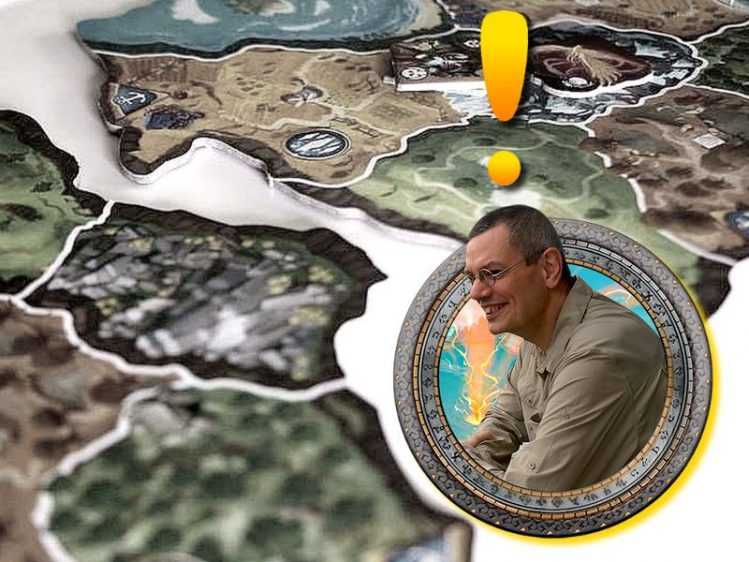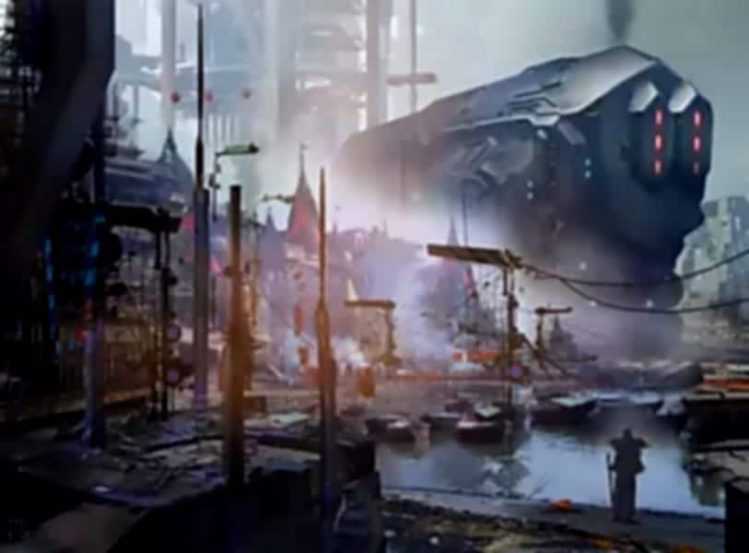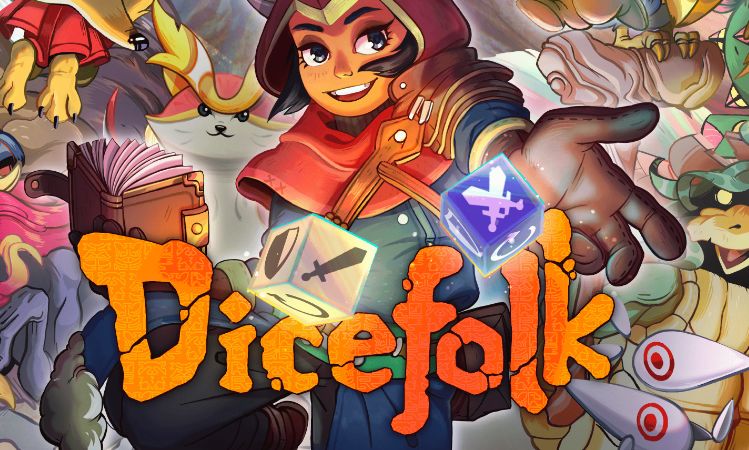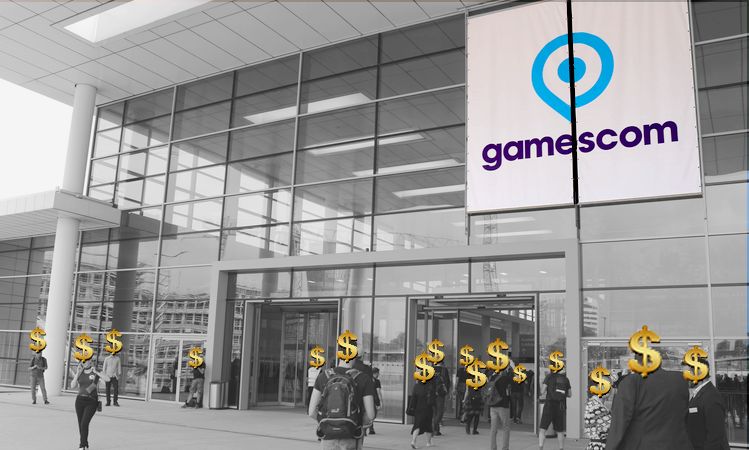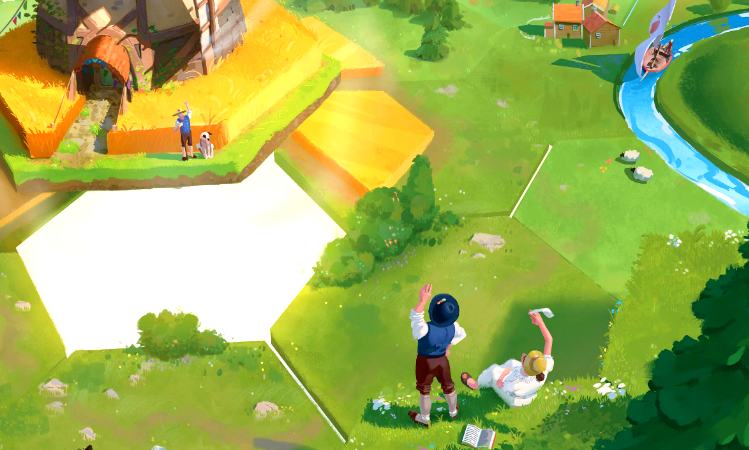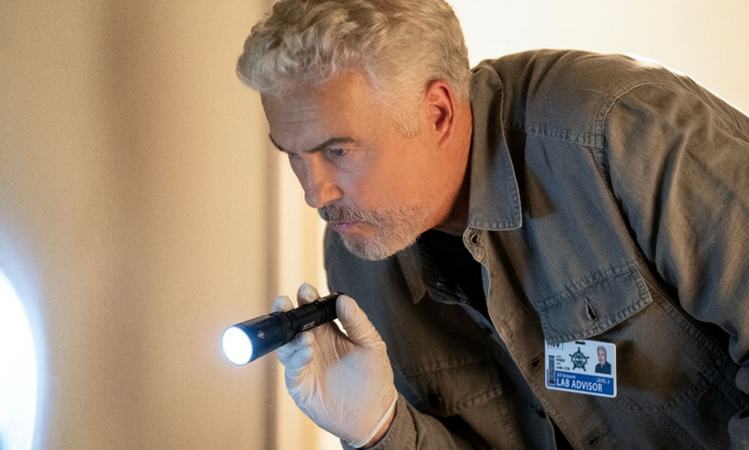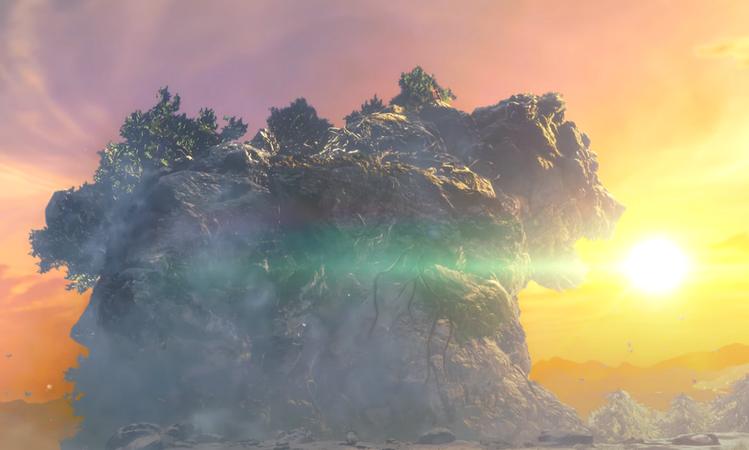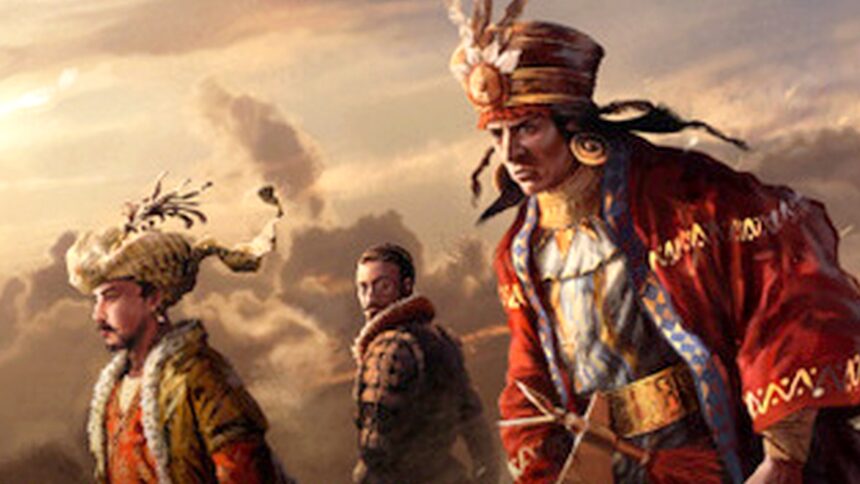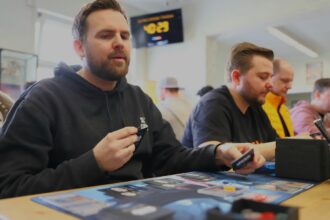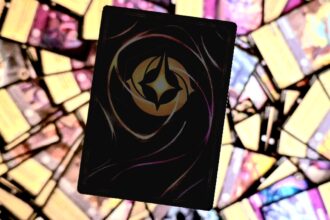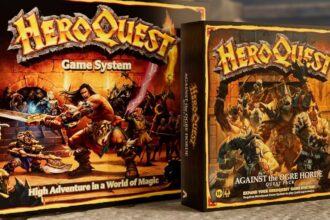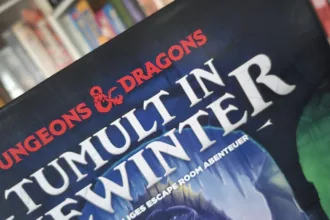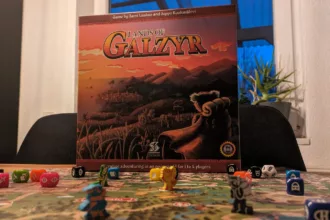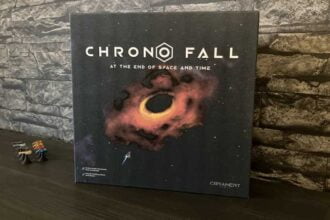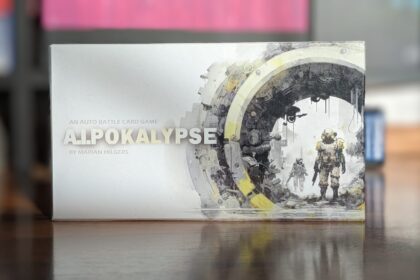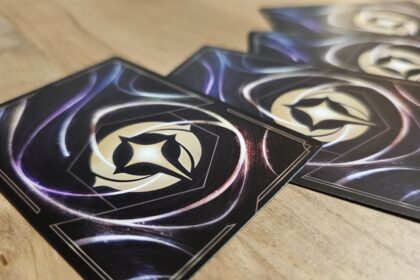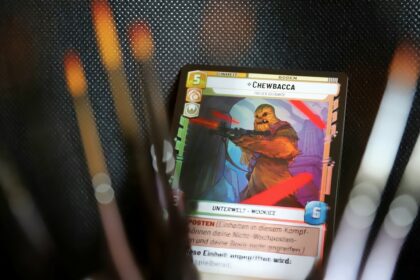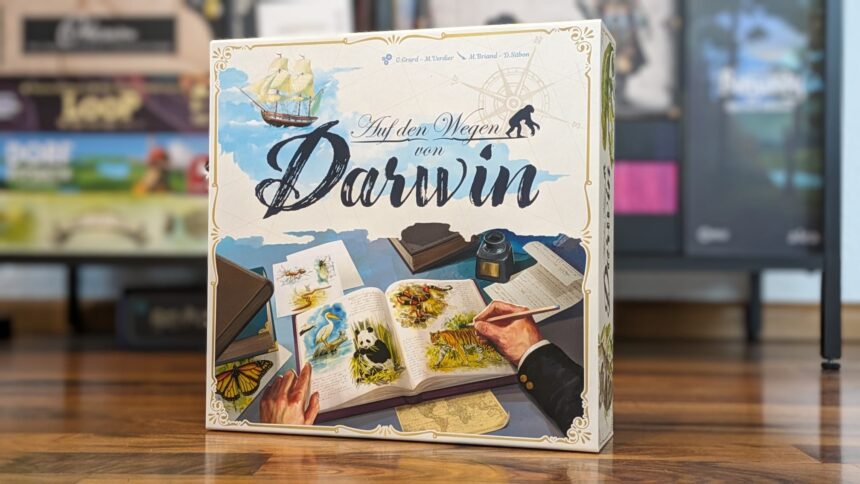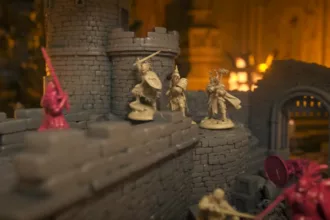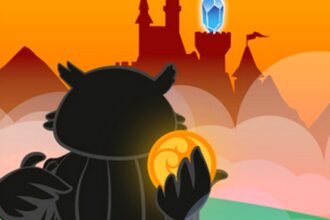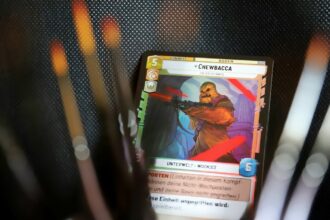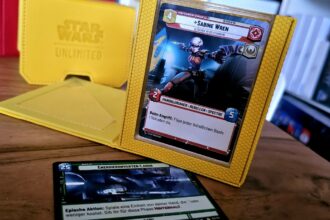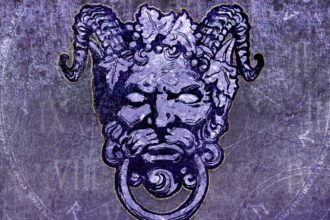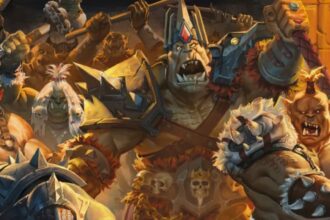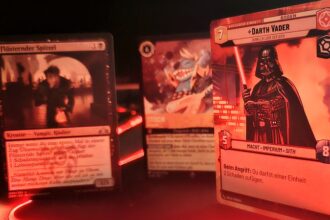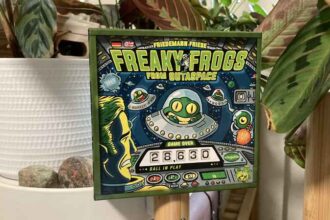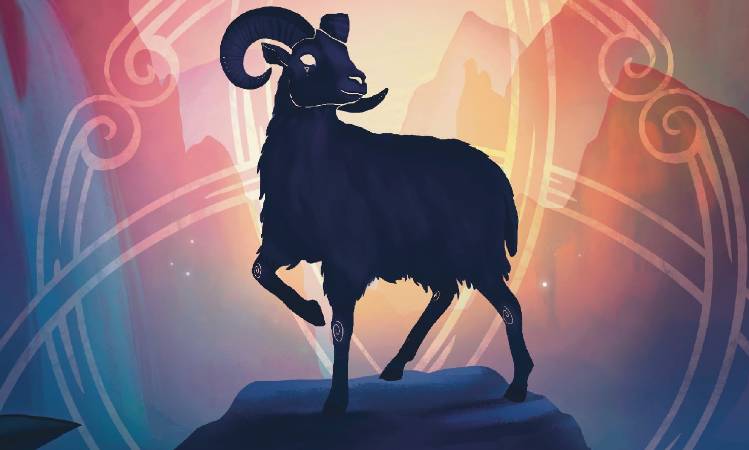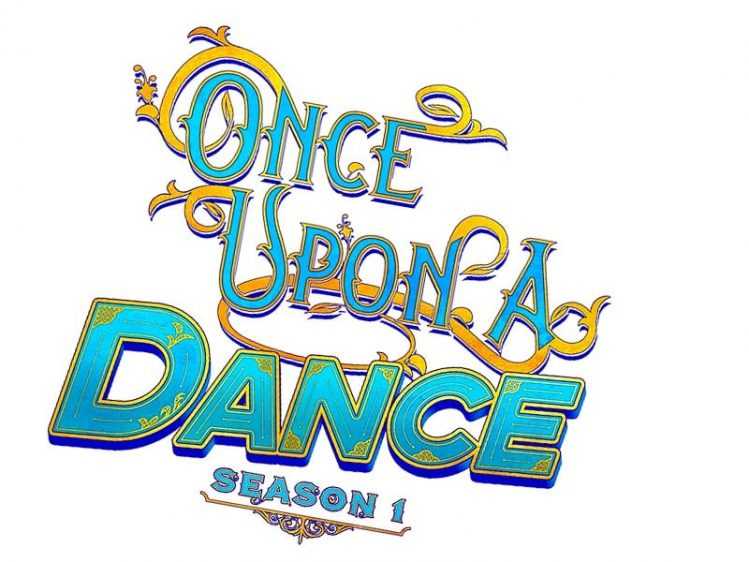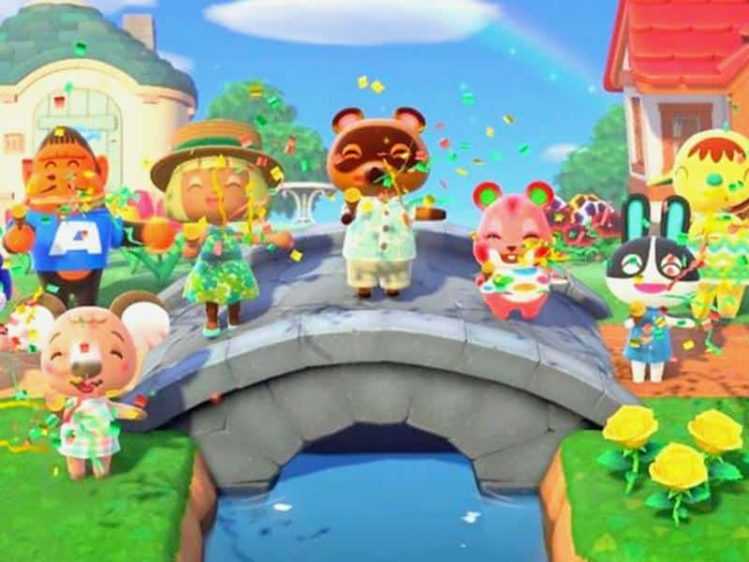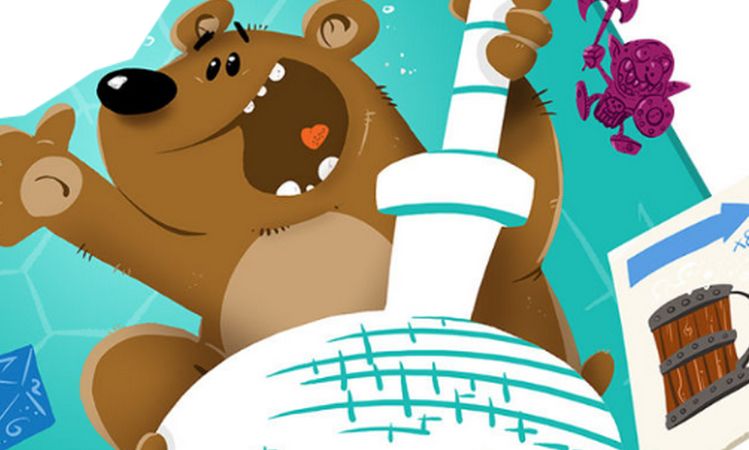-
Quick Links:
- Brettspiele
- Videospiele
- Crowdfunding
- Spiel Essen
- Gamescom
Wir suchen Verstärkung!
Autorinnen und Autoren für News, Tests und Rezensionen. Alle Bereiche.
Online seit 2014Tägliche NewsUnabhängigKritisch
Gern gelesen
Mehr aktuelle News
Star Wars Unlimited: Es geht los!
Die Pre-Release-Woche bei Star Wars Unlimited hat begonnen - in Spieleläden in ganz Deutschland fanden und finden Events statt, bei…
Disney Lorcana-Karte explodiert im Wert: Teil einer Kombo
So manche Karte von Disney Lorcana ist ein stattliches Sümmchen wert. Die Seltenheit bestimmt dabei vor allem den Preis, allerdings…
HeroQuest: Neue Erweiterung bringt Arena-Spielmodus
Mit der Neuauflage des Dungeon Crawler-Klassiker HeroQuest hat Hasbro einen Nerv getroffen: Bislang sind viele Erweiterungen erschienen, nun kommt mit…
Medienbericht: Hasbro will D&D verkaufen
Bei Hasbro kommt offenbar keine Ruhe ins Geschäft: Einem Medienbericht zufolge soll der Spielwarenriese seine Marke Dungeons & Dragons zum…
Brettspiel-Rezension zu Lands of Galzyr
Mit süßen Illustrationen und Figuren überzeugte Lands of Galzyr im August 2021 insgesamt 2.405 Menschen auf Gamefound von sich. Bis…
Brettspiel-Preview – Chrono Fall: At the End of Space and Time von Ornament Games
In den letzten Monaten habe ich bereits zwei Mal über Ornament Games berichtet. Einmal über den Verlag selbst und beim…
Follow Us on Socials
Editor's Choice
Must Read
Beliebteste Beiträge des Monats
Brettspiel-Rezension zu Auf den Wegen von Darwin: Eine entspannte Forschungsreise um die Welt
7.9 out of 10
Brettspiel-Rezension zu Honey Buzz: Herbstfülle: Honey, Honey, Honey – Bees are fun(ny)
8.2 out of 10
Brettspiel „Algae Inc.“ auf Deutsch in der Schmiede
Giant Roc möchte das anspruchsvolle Algae Inc. auf Deutsch veröffentlichen. Das aktuell in der Spieleschmiede laufende Projekt soll es ermöglichen. Bei Algae Inc. treten bis zu vier Abteilungen der gleichnamigen Firma im internen Wettbewerb an. Das Unternehmen hat sich komplett der Verarbeitung von Algen verschrieben und teilt sich in die Bereiche Lebensmittel,…
Elden Ring Release rückt näher: Titel auf der Taipeh Game Show zu sehen
Der Release von Elden Ring rückt näher, zumindest in kleinen Schritten. Auf…
Cyberpunk 2077: Gerücht um neue „Samurai Edition“
Zu Cyberpunk 2077 hat ein Forennutzer auf "4chan" ein Gerücht über eine…
2024: Mega-Jahr für Trading Card Games
Sammelkartenspiele: Verlage wollen Fans erreichen
Brettspiel-Rezension zu Freaky Frogs from Outerspace: Flipper – Das Brettspiel
Friedemann Friese und 2F-Spiele sind bekannt für außergewöhnliche Ideen. Der neueste Titel,…
7.4 out of 10
Animal Crossing: New Horizons – Happy Home Paradise angekündigt
Animal Crossing: New Horizons Spieler mussten sich lange gedulden, doch nun ist…
Neues Brettspiel für Familien: Triqueta
Mit dem neuen Familienspiel Triqueta, das kürzlich von Deep Print Games veröffentlicht…
WrestleMania: WWE SuperCard mit neuer Stufe und Spielmodus
2K gab heute das Debüt der WWE SuperCard WrestleMania 38-Kartenstufe bekannt, die…
Just Dance 2021: Neue Season lässt Spieler Märchen tanzen
Neue Inhalte für Just Dance 2021 hat Ubisoft angekündigt: Im Fokus eines…
Verkaufszahlen: Animal Crossing – New Horizons erreicht neuen Meilenstein
Animal Crossing gehört zu Nintendos erfolgreichsten Spiele-Serien. Der aktuelle Ableger für Nintendo…
Mass Effect: Remaster der Trilogie offiziell durch Bioware bestätigt
Mass Effect kommt als Remaster auf den Markt. Wie Bioware nun offiziell…
Strategiespiel Jon Shafer’s At The Gates erhältlich
Als besonders "pünktlich" kann man die Veröffentlichung des Videospiels "Jon Shafer's At…
Berlin Brettspiel Con 2024: Termin steht fest
Die Brettspiel-Con 2023 in Berlin fand vom 14. bis 16. Juli statt…




